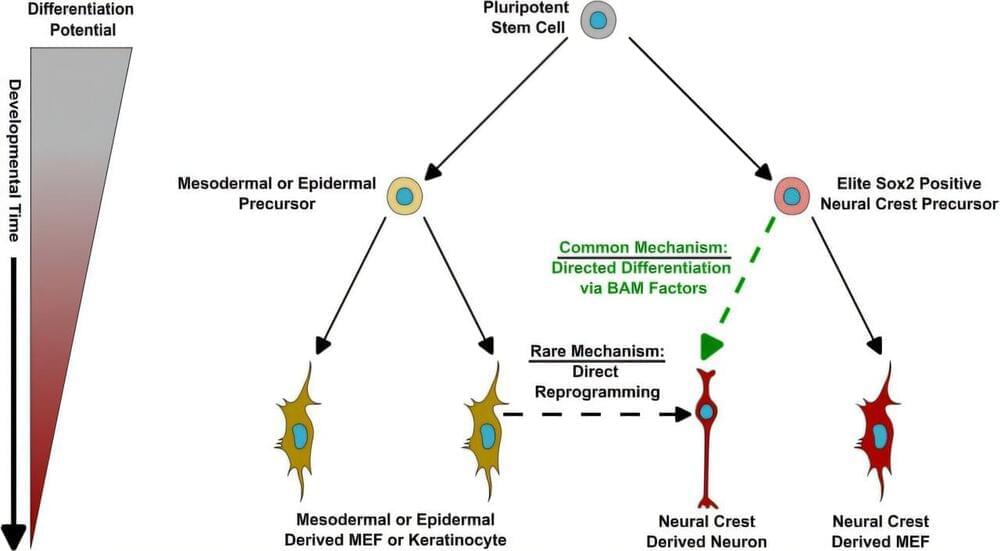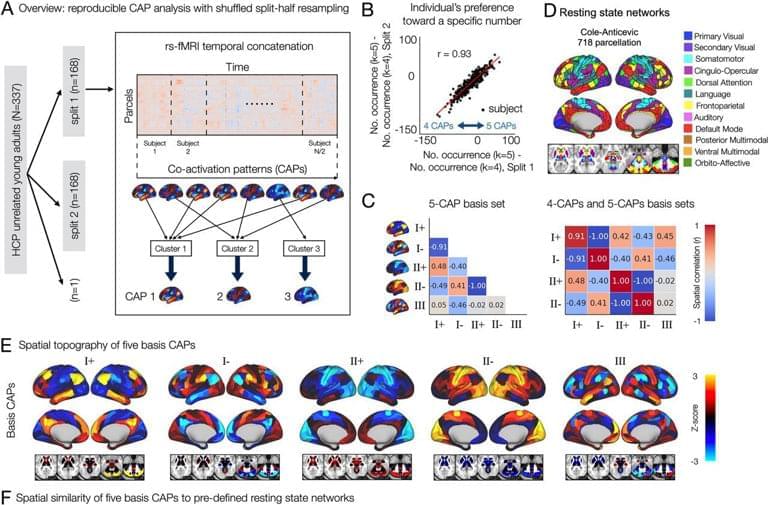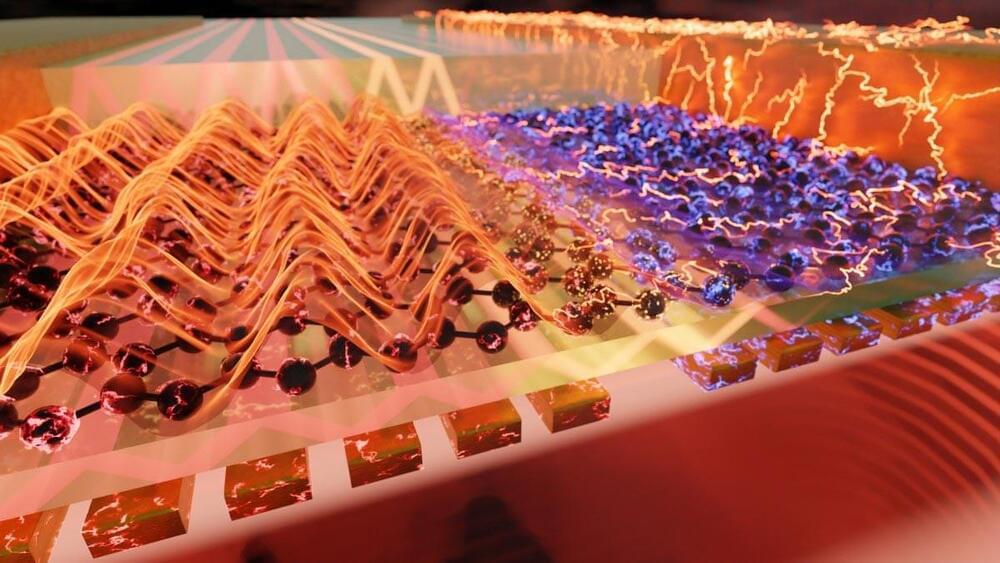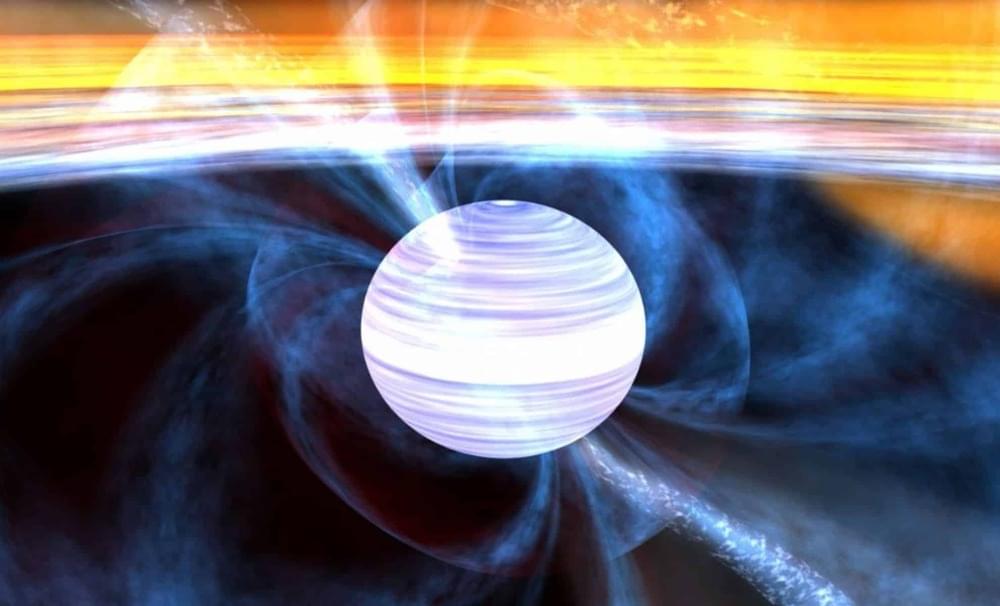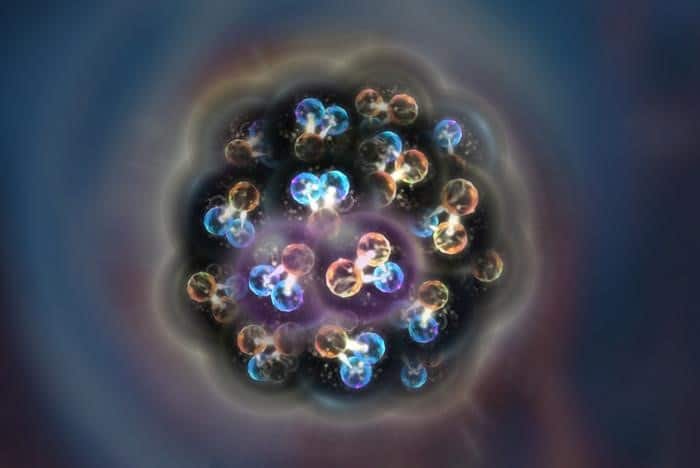A team led by researchers at the University of Toronto has discovered that a group of cells located in the skin and other areas of the body, called neural crest stem cells, are the source of reprogrammed neurons found by other researchers.
For Bob Dylan, the feel of a particular genre—be it country, rock, or blues—served to inspire his ideas that were searching for expression beyond boundaries. It was the recklessness and volatility of rock that allowed him to express the grudging anthem of “Like a Rolling Stone,” and it was the country medium that enabled “Lay Lady Lay.” The boundaries of a specific genre would have restricted the reach of Dylan’s songwriting. Arguably, Dylan writes and performs his best work precisely because he is able to transcend the constraints of particular musical styles. Dylan, then, is a prime example of a “Renaissance mind,” but the phenomenon is general: music has genres, but the musicians themselves may be most creative when they explore the full realm of possibilities within their reach.
Similarly, the borders between scientific fields and disciplines are not natural boundaries; really, there are no boundaries. Disciplines, fields, and subfields are just one way of clustering knowledge and methodology on increasingly fine-grained levels, but this clustering is not unique, and there is not even an obvious optimality criterion for the clusters. Many boundaries may simply reflect the way in which a field developed historically. Working within the confines of a field may help us to structure insights and ideas, but—similar to a musician’s fixation on a certain genre—the boundaries can impede our creativity and restrain our advances into certain directions. During our most creative night science moments, when we come up with potential solutions for problems and dream up hypotheses, when we need to make new and unexpected connections, we are better off if our mind is free to transcend the fields and disciplines. After all, if there were no boxes, we would not have to think outside of them. This kind of thinking may also be called horizontal [7] or lateral thinking [8].
To transgress the boundaries of a field, it is highly useful to have an understanding of multiple disciplines, either as a person or as a team, as this provides more opportunities to make connections. In the modern practice of science, the interdisciplinary aspect is often interpreted as a collaboration between scientists that work side by side in different disciplines. But true interdisciplinarity—even in a collaborative framework—requires us to think across fields. At some point, someone on the team will need to have that idea, and that someone will likely be the one with access to multiple fields. Thus, while the framework of science is disciplinary, a scientist’s creativity benefits from interdisciplinarity. This may explain why so many eminent biologists were originally educated in a different field: just think of Max Delbrück, Mary-Claire King, or Francis Crick. But there is also an important role for large and diverse teams: if more varied ways of thinking, more diverse ideas come together at the water fountain, they provide a fertile ground for making connections across borders—the modern workplace replacement of the traditional café, where creative people have traditionally met to exchange ideas [9].
Wearable devices like smartwatches and fitness trackers interact with parts of our bodies to measure and learn from internal processes, such as our heart rate or sleep stages.
Now, MIT researchers have developed wearable devices that may be able to perform similar functions for individual cells inside the body.
These battery-free, subcellular-sized devices, made of a soft polymer, are designed to gently wrap around different parts of neurons, such as axons and dendrites, without damaging the cells, upon wireless actuation with light. By snugly wrapping neuronal processes, they could be used to measure or modulate a neuron’s electrical and metabolic activity at a subcellular level.
A new device integrating 2D polaritons with an electrical detection system marks a significant advance in nanophotonics, offering superior spectral coverage and signal clarity.
This miniaturized platform could transform applications in sensing and imaging by improving light confinement and detection capabilities.
Polariton Dynamics in Nanophotonics.
Data from space shows water tilting up toward the north side of the Dickson Fjord as it sloshed from south to north and back every 90 seconds for nine days after a 2023 rockslide.
The international Surface Water and Ocean Topography (SWOT) satellite mission, a collaboration between NASA and France’s CNES (Centre National d’Études Spatiales), detected the unique contours of a tsunami that sloshed within the steep walls of a fjord in Greenland in September 2023. Triggered by a massive rockslide, the tsunami generated a seismic rumble that reverberated around the world for nine days. An international research team that included seismologists, geophysicists, and oceanographers recently reported on the event after a year of analyzing data.
The SWOT satellite collected water elevation measurements in Dickson Fjord on Sept. 17, 2023, the day after the initial rockslide and tsunami. The data was compared with measurements made under normal conditions a few weeks prior, on Aug. 6, 2023.
Astronomers have discovered one of the fastest-spinning neutron stars ever recorded, known as 4U 1820–30, which rotates an astonishing 716 times per second. Located 26,000 light-years away in the Sagittarius constellation, this neutron star is part of an X-ray binary system where its intense gravity pulls material from a companion white dwarf, triggering explosive thermonuclear bursts.
Summary: Neural crest stem cells, a rare type found in skin and other tissues, are uniquely capable of reprogramming into different cell types, challenging the prevailing belief that any mature cell can be reprogrammed. The study reveals that cellular reprogramming is likely limited to these specialized stem cells rather than all mature cells.
Neural crest stem cells are present in skin, bone, and connective tissue, with a natural predisposition for transformation due to their origin in embryonic development. This finding could reshape strategies for stem cell therapies, emphasizing the role of neural crest cells in treating neurodegenerative diseases. The team hopes their work will refine cell reprogramming approaches and inspire further research into the specific potentials of stem cell types.
Discover how AI and blockchain are joining forces to tackle challenges in transparency, scalability, and trust. Explore 3 projects leading decentralized AI innovation.
In a new study, an international team of physicists has unified two distinct descriptions of atomic nuclei, taking a major step forward in our understanding of nuclear structure and strong interactions. For the first time, the particle physics perspective – where nuclei are seen as made up of quarks and gluons – has been combined with the traditional nuclear physics view that treats nuclei as collections of interacting nucleons (protons and neutrons). This innovative hybrid approach provides fresh insights into short-range correlated (SRC) nucleon pairs – which are fleeting interactions where two nucleons come exceptionally close and engage in strong interactions for mere femtoseconds. Although these interactions play a crucial role in the structure of nuclei, they have been notoriously difficult to describe theoretically.
\r \r.
“Nuclei (such as gold and lead) are not just a ‘bag of non-interacting protons and neutrons’,” explains Fredrick Olness at Southern Methodist University in the US, who is part of the international team. “When we put 208 protons and neutrons together to make a lead nucleus, they interact via the strong interaction force with their nearest neighbours; specifically, those neighbours within a ‘short range.’ These short-range interactions/correlations modify the composition of the nucleus and are a manifestation of the strong interaction force. An improved understanding of these correlations can provide new insights into both the properties of nuclei and the strong interaction force.”
This in-depth analysis explores the implications of artificial superintelligence and why we must act now to ensure its development benefits humanity.
